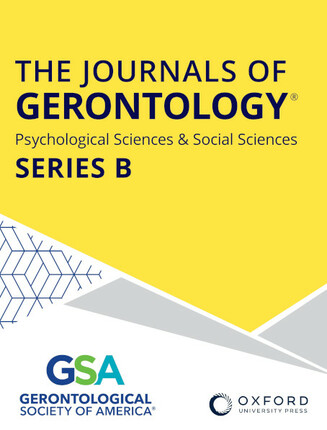IDENTIFYING THE POOREST OLDER AMERICANS
ABSTRACT
Objectives. Public policies target a subset of the population defined as poor or needy, but rarely are people poor or needy in the same way. This is particularly true among older adults. This study investigates poverty among older adults in order to identify who among them is financially worst off.
Methods. We use 20 years of data from the Consumer Expenditure Survey to examine the income and consumption of older Americans.
Results. The poverty rate is cut in fourth if both income and consumption are used to define poverty. Those most likely to be poor defined by only income but not poor defined by income and consumption together are married, White, and homeowners and have a high school diploma or higher. The income poor alone display sufficient assets to raise consumption above poverty thresholds, whereas the consumption poor are shown to have income just above the poverty threshold and few assets.
Discussion. The poorest among the older population are those who are income and consumption poor. Understanding the nature of this double poverty population is important in measuring the success of future public policies to reduce poverty among this group.
Statistics
Web of Science Times Cited
16
Journal Citation Indicator
1.79

